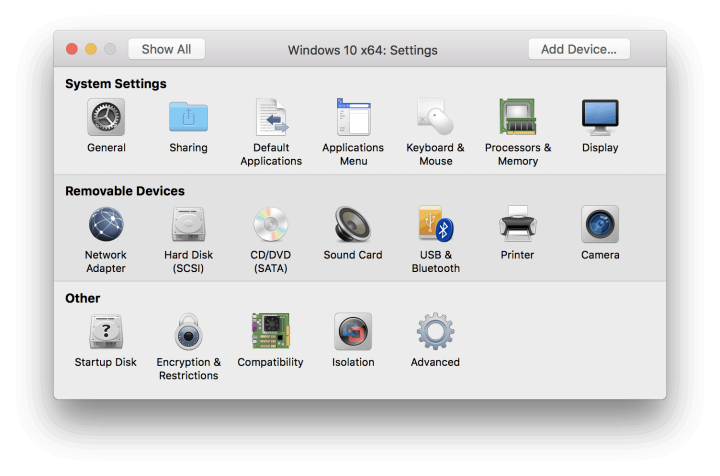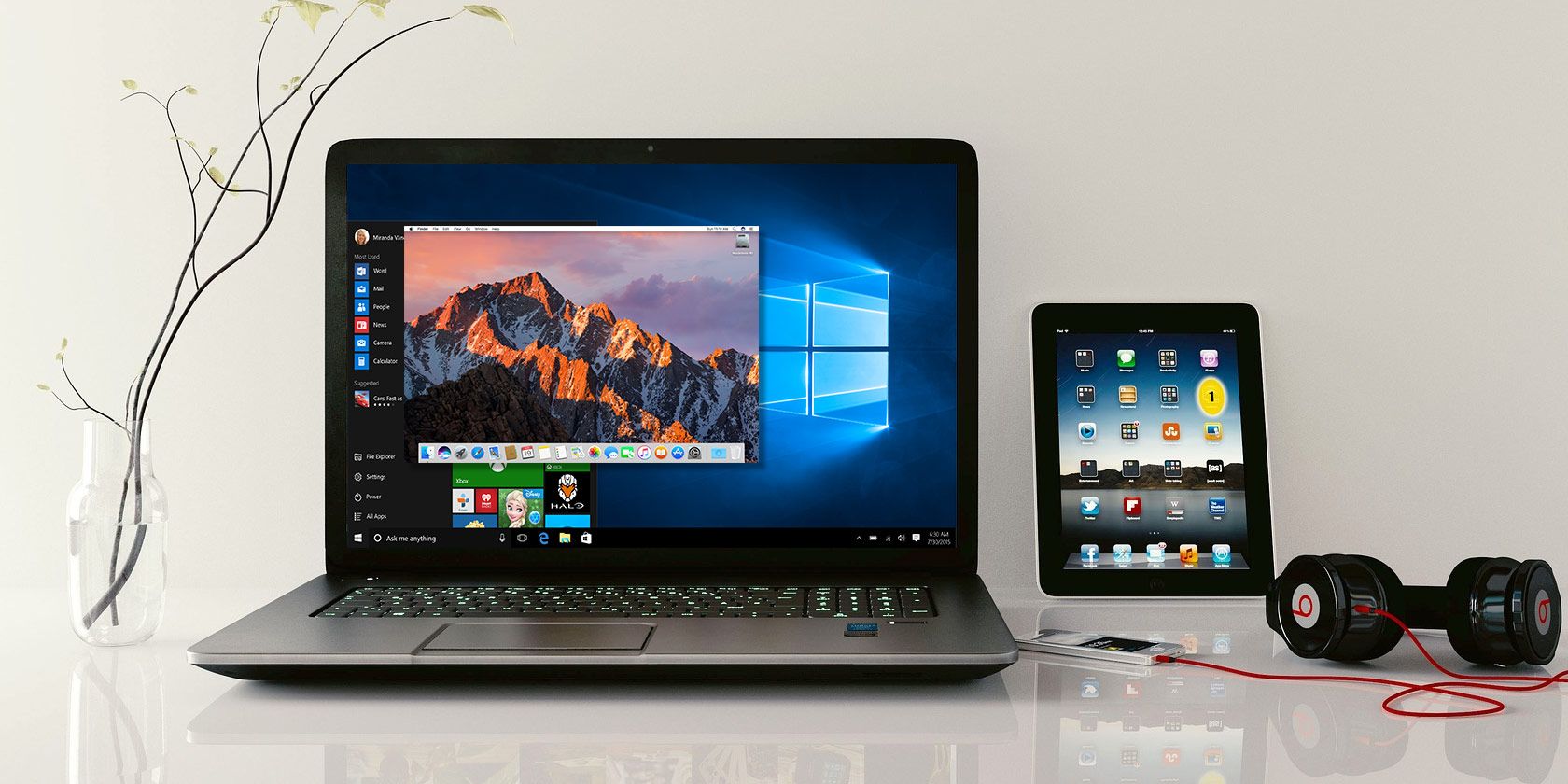
If you need access to a couple of Windows apps while you’re running macOS, it’s best to virtualize. It’s also important to consider what sorts of tasks you need to achieve with your Windows installation, as that may make the right decision more clear. There are several factors involved in picking the correct path, including price, ease of use, and flexibility. The former involves running a macOS application that allows you to run Windows within, while the latter equips you to reboot your Mac fully into Windows. There are two main ways to go about this: virtualization and Boot Camp. Be it for work or for playing video games, running Microsoft’s operating system on Apple hardware isn’t nearly as hard as it seems like it would be. No such luck with VirtualBox.As Mac users, it’s easy to turn our noses up at running Windows, but the truth is that it sometimes can’t be avoided. Shared folders in VMware Fusion mount automatically at /mnt/hgfs and carry through file ownership, POSIX permissions and symlinks.VMware needs to bundle nicer distro-specific installers. VirtualBox's guest tools installation is far smoother than VMware Fusion's.

Fusion is also just a $9.99 upgrade until Dec 31, 2010.


I've been through Macports, Fink and Homebrew. I'm currently on a project with multiple dependencies, and which is configured for Ubuntu.Ĭonfiguring all these dependencies on OSX is a pain. I use a MacBook Pro as my primary machine, but my work targets Linux servers. (This question was originally posted at Server Fault, but Super User seems a more appropriate place to ask.)


 0 kommentar(er)
0 kommentar(er)
